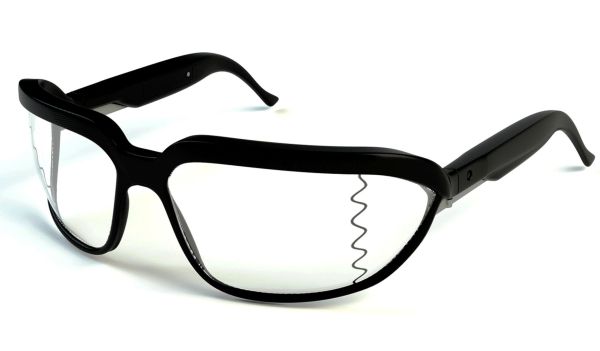By deafness an individual gains in one respect more than he loses i.e. one misses more nonsense than sense. Well, that was just to make you feel light but talking about the subject seriously, it has been proved that retinal neurons in deaf people are distributed in a way that their retina can capture more peripheral visual information than others. Taking inspiration from the fact, the designers got motivated to craft Hirmi, the spectacle to assist deaf people. The main aim was to make deaf people feel secure in their environment by giving them an opportunity to recognize moments of distractions.

As mentioned earlier, these spectacles use the acute peripheral vision that deaf people build. There are microphones on both the sides of the spectacle to capture sound that deaf people cannot. The captured sound is then brought to the processing board where it gets converted to wavy lines and projected onto the LCD monochromatic screens. User can see the intensity and the source of the sound surrounding or approaching him. To make the reading convenient at such small distance from eyes, it comes with equalizer style graphics. The glasses are framed in a manner that they envelop the face and do not reduce vision of the user.
But designing these spectacles was not a cake walk. Many things were taken into consideration like keeping the image simple on lens as it was too close to the eye, projected image in black color so that even if the user cannot focus on it the main purpose is fulfilled and so many likewise things. The project was undertaken using a simple Arduino Nano board, a battery, two monochromatic LCD screens and two microphones. The aim was not only to create an assisting object for deaf but to create a conventional looking object that fulfills the purpose in the best possible way.
Via: James Dyson Award


